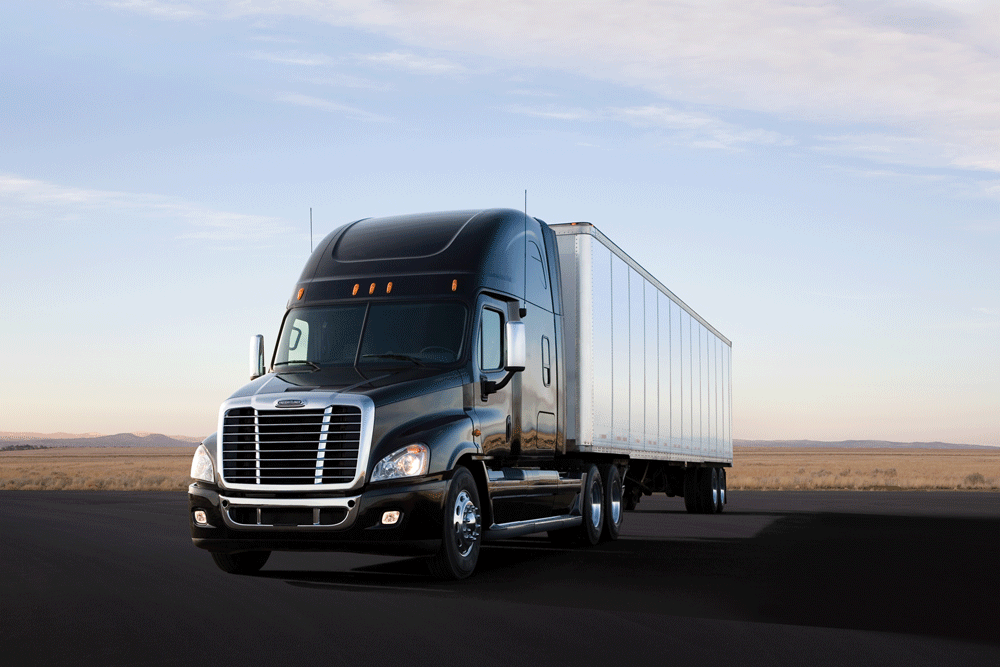
Safety First: Recommendations from the NTSB
Safety is always top of mind for the trucking industry. That’s why there’s been so much interest in advanced driver assistance systems (ADAS) and why the Federal government is encouraging fleets to voluntarily adopt this technology.
This encouragement falls in line with recent safety recommendations from the NTSB which doesn’t have rule-making authority, but is often looked to for safety concerns by other agencies that can make those regulations. According to a recent article in Automotive Fleet, The NTSB recommendations were spurred by a horrific accident that took place on a Pennsylvania highway in 2020 where a motorcoach, three tractor-trailers and a passenger vehicle were involved. In that accident, five people died and 50 were injured.
This accident, according to the NTSB was caused by the motorcoach driver driving too fast on a curved, wet road but other vehicles were also driving too fast for road conditions and were unable to stop in time. Speed is so often at the center of most road fatalities. That is the reason ADAS technology is so important. Its four main categories (active braking systems, active steering systems, active warning systems, and camera monitoring systems) can literally make the difference between life and death.
The NTSB recommendations include suggestions to the Federal Highway authority as regards to their own speed limits and signage. But for the trucking industry, NTSB addresses the fact that, today, “there is a lack of standards for commercial vehicle collision and avoidance systems to enhance safety, including forward collision avoidance systems and connected vehicle technology.” The goal is to establish at the very least, minimum performance standards for collision avoidance technology.
Barriers to acceptance
When you consider the life-saving potential for this technology, you might think it’s an easy sell. Not necessarily. As a FleetOwner article in October of last year notes “before these systems find their footing and are widely accepted among commercial truck fleets and drivers, certain misconceptions and driver frustrations must be resolved.” In other words, it’s not necessarily a question of whether or not the technology works (it does), but whether and how appropriately it’s being used. This is true for each of the technology categories. Two are addressed here:
Braking – Automatic emergency braking (AEB) technology is a boon to safety; however, few technologies work perfectly in every situation. A fully loaded Class 8 truck still needs enough room to brake suddenly; a driver might simply rely on AEB without considering the safe driving distance between vehicles. That can result in a severe accident. Although earlier versions of this technology did have some issues (like brakes triggering suddenly and without reason), newer versions are much more reliable.
Steering – This technology is still in development, but when it comes to lane-keeping assistance, drivers can get quite frustrated, especially on smaller roads. On a two-lane road, a truck driver may be forced to drive close to one side to leave room for other drivers in the remaining lane. Yet that could cause the lane-assist warnings to go off, causing drivers to make an unnecessary adjustment. Just the fact that the warnings could keep occurring makes many drivers less receptive to the technology.
How this technology helps the industry
Although some drivers may not easily accept the newer technology, fleets see the value. With safety as a focal point for fleet managers and owners, anything that can keep trucks safe and on the road is welcome. According to the Insurance Institute for Highway Safety, forward collision mitigation technology can result in up to a 44% reduction in front-end commercial vehicle accidents. For those purchasing or leasing newer trucks, OEMs are already offering these systems as standard equipment.
With trucking fleets facing supply chain shortages, high diesel costs, and soaring insurance rates, safer trucks ultimately result in a better bottom line. Where this technology goes is anyone’s guess, especially as we look to electric trucks and autonomous trucks, but as long as safety is front and center, fleets will welcome the technology.

About Jane Clark
Jane Clark is Vice President of Member Services for NationaLease. Before joining the full service truck leasing organization, she served in executive positions with some of the nation’s top staffing and recruitment agencies.




